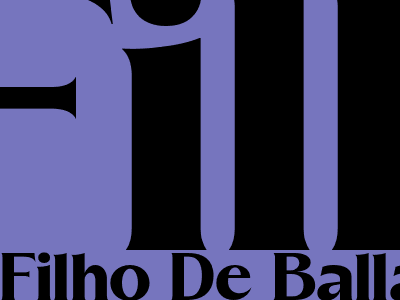The Ultimate Guide to SEO for Bloggers: Rank Higher on Google and Blogger
Introduction
Search Engine Optimization (SEO) is crucial for bloggers who want to increase their visibility, drive traffic to their websites, and establish themselves as authorities in their niche. By optimizing your blog for search engines, you can improve your ranking on search engine results pages (SERPs), making it easier for potential readers to find your content.
This comprehensive guide will provide you with in-depth knowledge and practical tips to optimize your Blogger blog for SEO, helping you achieve higher rankings on Google and other search engines.
1. Keyword Research: The Foundation of SEO
Keyword research is the cornerstone of effective SEO. It involves identifying relevant keywords and phrases that your target audience is searching for. By incorporating these keywords into your blog posts, you increase the chances of your content appearing in search results when people search for those terms.
To conduct keyword research, you can use tools like Google Keyword Planner, Ahrefs, or SEMrush.
2.1 On-Page Optimization: Optimizing Your Blog Posts
On-page optimization refers to optimizing individual blog posts to improve their ranking in search results. Here are key elements to focus on:
- Title Tag: The title tag is a crucial element that search engines use to display your blog post's title in search results. Keep it concise, informative, and include your target keyword.
- Meta Description: The meta description is a brief summary of your blog post that appears below the title in search results. Use it to provide a compelling description that encourages users to click on your post.
- Header Tags: Use header tags (
,
, etc.) to structure your content and highlight important sections. Search engines give weight to keywords appearing in header tags.
- Content: Create high-quality, informative content that addresses your target audience's needs. Use your target keyword naturally throughout the post, but avoid keyword stuffing.
- Image Optimization: Optimize images by using descriptive file names and alt tags. Alt tags provide a text description of the image, which is crucial for accessibility and search engine indexing.
- Internal Linking: Link to relevant pages within your blog to improve navigation and help search engines understand the structure of your website.
2.2 Off-Page Optimization: Building Authority and Credibility
Off-page optimization involves strategies outside of your website to improve your blog's authority and credibility. Key strategies include:
- Backlinks: Acquire high-quality backlinks from reputable websites. Backlinks act as votes of confidence, signaling to search engines that your blog is a valuable resource.
- Social Media Engagement: Promote your blog on social media platforms to increase visibility and engagement. Social media signals can indirectly impact search rankings.
- Guest Posting: Write guest posts on other blogs in your niche. This helps establish your expertise, build relationships, and acquire backlinks.
- Local SEO: If your blog has a local focus, optimize it for local searches by creating Google My Business profiles and optimizing for location-specific keywords.
2.3 Technical SEO: Ensuring Your Blog's Infrastructure is Optimized
Technical SEO involves optimizing your blog's technical aspects to improve its performance and crawlability for search engines. Key considerations include:
- Site Speed: Ensure your blog loads quickly on both desktop and mobile devices. Page speed is a ranking factor and affects user experience.
- Mobile Responsiveness: Optimize your blog for mobile devices to provide a seamless experience for mobile users. Google prioritizes mobile-friendly websites in search results.
- XML Sitemap: Create an XML sitemap to help search engines discover and index your blog's pages efficiently.
- Canonical URLs: Use canonical URLs to indicate the preferred version of a page, avoiding duplicate content issues and improving search rankings.
- HTTPS Security: Ensure your blog uses HTTPS to establish a secure connection, which is a ranking factor and improves user trust.
2.4 Analytics and Performance Monitoring: Tracking Your Progress
Regularly track your blog's performance using analytics tools like Google Analytics. Monitor metrics such as organic traffic, keyword rankings, and conversion rates to identify areas for improvement and measure the effectiveness of your SEO efforts.
Conclusion
By implementing the strategies outlined in this guide, you can effectively optimize your Blogger blog for SEO, improving your visibility in search results and driving organic traffic to your website. Remember that SEO is an ongoing process, and consistently monitoring and adapting your strategies is crucial for maintaining high rankings over time.
With dedication and consistent effort, you can establish your blog as a credible and authoritative resource in your niche, attracting a loyal audience and achieving your blogging goals.

Comments